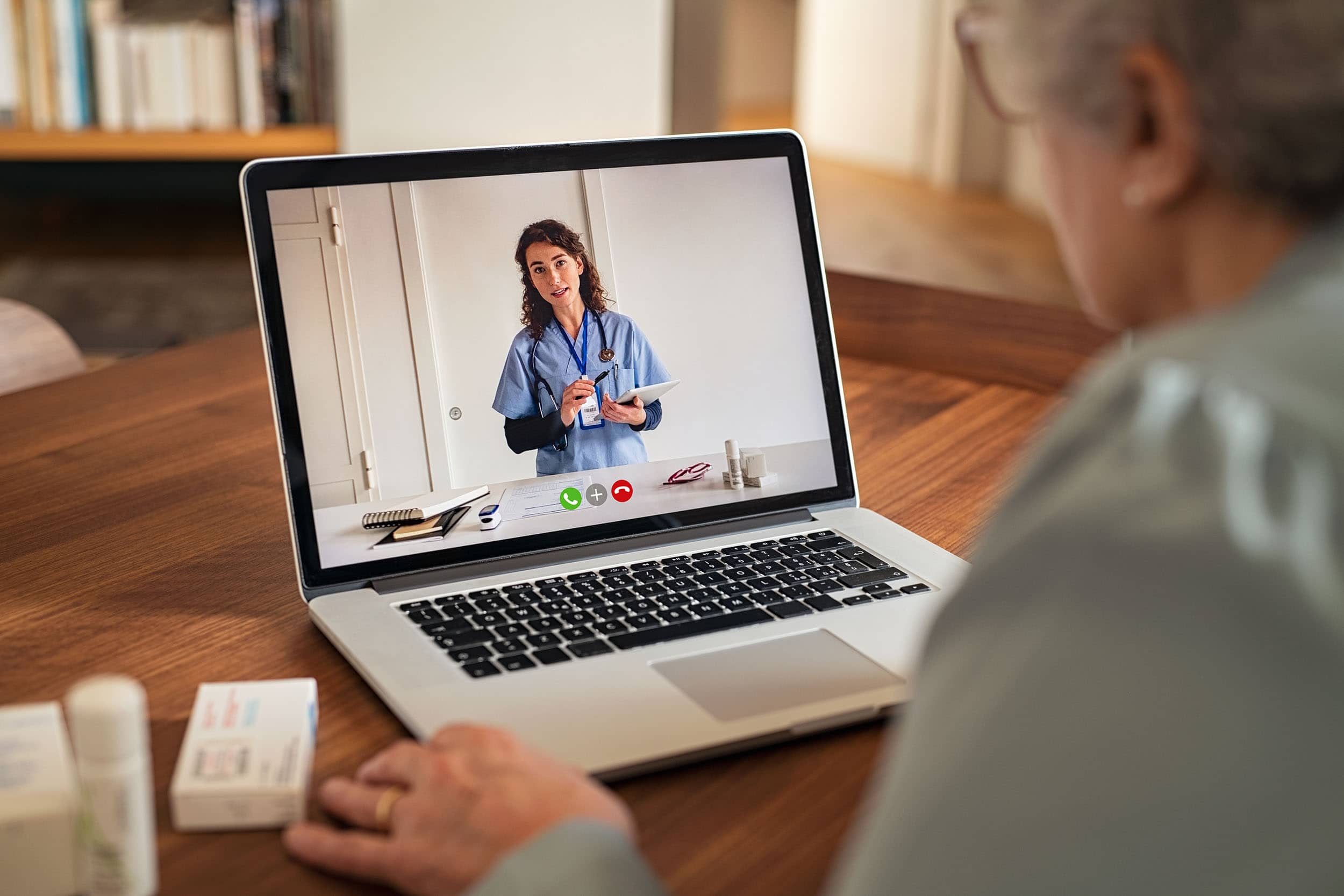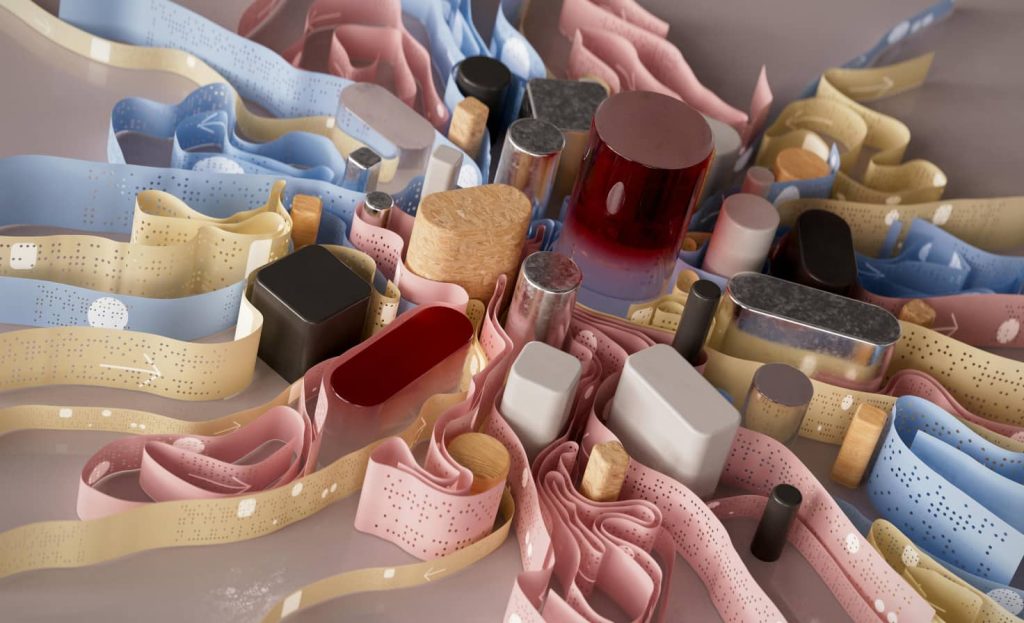
But it’s the adoption of blockchain technology in healthcare that seems to hold the most promise, plotting a new trajectory for how medical institutions detect diseases, treat patients for better health outcomes, and manage healthcare data safely and more efficiently. To embrace the potential the technology offers, healthcare organisations are now more actively seeking to partner with companies providing blockchain development services.
Here, we take a look at some of the key benefits of blockchain in healthcare and five of the most prominent ways in which healthcare organisations are harnessing it to revolutionise caregiving.
Pros and cons of blockchain technology in healthcare
There are myriad benefits of blockchain. As a healthcare technology solution, in particular, it offers transparency, security, and efficiencies provided by the technology are enticing. Below are just a few of the pros and cons of blockchain adoption in a healthcare setting.
Pros
- Transparency. Because blockchain is built on distributed ledger technology (DLT) which is decentralised in its nature, it is completely open for anyone to join and view the information stored therein. Blockchain enables data to be stored in an immutable and unamendable way, thus, safeguarding transparency and providing an end-to-end audit trail. This will help to guarantee the integrity and provide a “single truth” for medical data while ensuring the total traceability of medical products and bringing a new level of trust to clinical trials.
- Record immutability. One of the most crucial benefits of blockchain for healthcare is its ability to help safeguard highly sensitive patient data. According to the HIPAA Journal, more than 176 million patient records were breached between 2009 and 2017, making blockchain’s implementation all the more urgent for the medical industry. Blockchains use private and public keys and asymmetric cryptography, which enables users to share their public keys without the risk of giving away access to sensitive data.
- Time and cost savings. A 2018 report by BIS estimated that blockchain-enabled healthcare technologies could save the sector USD $100 billion annually. By standardising data and enabling interoperability, blockchain can shave significant time and costs off of EMR management, while clinical drug development timescales could be cut by up to a quarter through enabling parallel working and speedier participant recruitment. And blockchain could also save the medical insurance industry billions of dollars a year in fraudulent claims. We will elaborate on these points below.
Cons
- Potential visibility for sensitive data. Healthcare data is some of the most highly sensitive information out there. And, while blockchain’s transparency offers many benefits, there are still some concerns around the visibility of this data where bad players are concerned. Healthcare laws and regulations, including HIPAA, are some of the most stringent in operation. So any organisation hoping to adopt blockchain technology will need to prove its robustness in terms of information security.
- It’s a resource-demanding technology. Because blockchain hasn’t yet been widely adopted in a medical setting, small or medium-sized healthcare institutions need to first thoroughly evaluate their current business state vs the worthiness of investment in this technology. The best practice here is to run a feasibility study and start from PoC development before making a major investment. It is also worth mentioning that the amount of storage required to implement blockchain technology in healthcare organisations can challenge adopters. Also, blockchain ledger growth is scaling at a faster rate than hard drives can be created, meaning that there’s a risk that people might not be able to download and store ledgers if they grow too large.

Five key use cases for blockchain in healthcare
1. Electronic medical record (EMR) management
Patient medical records are, at present, dispersed and disorganised, leaving them open to the possibility of being mismatched or duplicated. EMR systems are also built around different schemas, making it incredibly difficult to unify datasets. By using blockchain, healthcare institutions can avoid these discrepancies since whole datasets can be hashed into the decentralised ledger, making them available for all to search. This means that a user could, for example, look up an address and, regardless of whether there are multiple addresses or multiple keys, the same patient details would be returned.
2. Secure remote patient monitoring
With the proliferation of IoT devices and the surge in demand for remote healthcare solutions brought about by the COVID-19 pandemic, the medical sector needs to implement solutions that protect the vast volumes of sensitive patient data that are being transmitted. Blockchain technology can enable smart contracts which carry out automated and secure analysis of medical sensors and create a log of all data transmitted on the blockchain.
By using blockchain-enabled smart contracts, healthcare organisations can facilitate real-time patient monitoring and initiate any necessary medical interventions through patient/clinician notifications. Furthermore, blockchain’s transparency and incorruptibility can ensure compliance with regulatory requirements including HIPAA, by keeping a secure record of all activities and responsible parties.
3. Medical fraud reduction
As of 2020, approximately USD $2.6 billion was lost to healthcare fraud annually—a modest estimate, some would argue. The Journal of Internet Medical Research published a recent study on how blockchain technology for healthcare, in combination with tools such as AI algorithms, could be used to combat medical fraud, due to the incorruptible nature of DLT. By harnessing blockchain technology, health insurers can accurately track claim submissions and handling in real time, across multiple parties. And smart claims contracts can create a detailed and unfailing audit trail, thus spotlighting untoward activity and reducing fraud prevalence.
4. Clinical trial cost savings
One crucial area of improvement for the medical industry is the testing and development of new drugs and treatments; an area which is, at present, incredibly inefficient and expensive. According to the World Economic Forum, name-brand drugs, while only accounting for 10% of pharmaceutical prescriptions, are responsible for USD $200 million in clinical trial costs.
Clinical drug trials are hampered by lengthy timelines, participant recruitment, lack of staff, inefficient data analysis, and so on. With blockchain, physicians, researchers, and pharmaceutical clients can access information in parallel, significantly speeding up the process of drug development. Meanwhile, blockchain-enabled patient/condition matching allows clinicians to recruit trial participants in a fraction of the time. This, in turn, could save pharma companies around 25% in drug development time—equating to an estimated USD $273 million over the course of a typical ten-year development cycle.
5. Enabling interoperability
One of the core promises of blockchain is its ability to enable interoperability, making the process of sharing important medical information as seamless as it can be. In terms of patient EMRs, blockchain allows data to be shared easily between one healthcare provider and/or system and another, in a straightforward and standardised way. This, in turn, prevents delays and streamlines operations to significantly reduce administrative costs.
Summary
The potential for blockchain technologies within healthcare information technology doesn’t end at what we’ve discussed here. There are a plethora of other important applications in which blockchain can and is making a real difference in healthcare delivery. But, while blockchain has many advocates and is undoubtedly opening up many new possibilities for the medical industry, there are still some legal, ethical, and technical hurdles to overcome where patient data is concerned. Once these challenges have been comprehensively addressed, there’s little to stand in the way of the widespread adoption of blockchain software in healthcare.

Related Insights







The breadth of knowledge and understanding that ELEKS has within its walls allows us to leverage that expertise to make superior deliverables for our customers. When you work with ELEKS, you are working with the top 1% of the aptitude and engineering excellence of the whole country.

Right from the start, we really liked ELEKS’ commitment and engagement. They came to us with their best people to try to understand our context, our business idea, and developed the first prototype with us. They were very professional and very customer oriented. I think, without ELEKS it probably would not have been possible to have such a successful product in such a short period of time.

ELEKS has been involved in the development of a number of our consumer-facing websites and mobile applications that allow our customers to easily track their shipments, get the information they need as well as stay in touch with us. We’ve appreciated the level of ELEKS’ expertise, responsiveness and attention to details.

